Veteran and Artist Ehren Tool
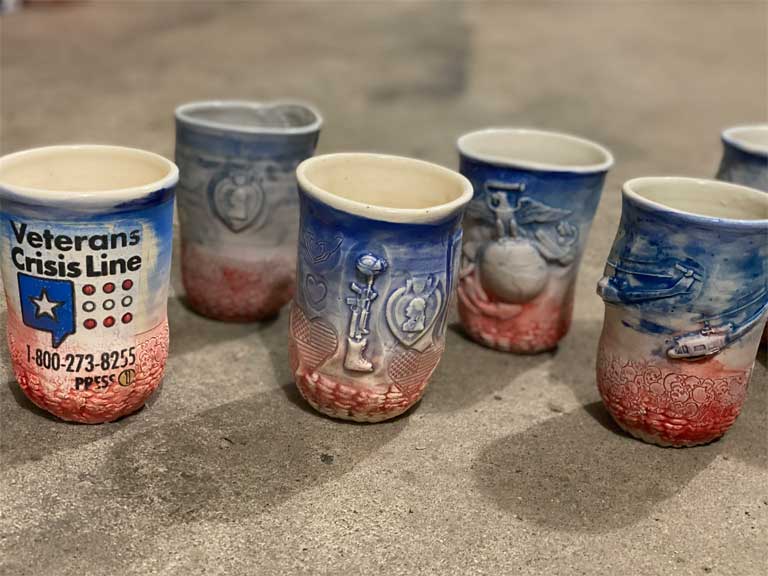
Ehren Tool, a big, burly guy, enlisted as a Marine in 1991. His grandfather, a World War II veteran, said, “They are going to take your soul.” And his father, a Vietnam veteran, warned that the images of war would haunt him forever. Five years later, with a combat action ribbon and a seven-month Gulf War tour behind him, Ehren finally understood what the two older generations meant. “Once a person witnesses a war,” he says, “they are changed.”
To cope with the haunting memories, Ehren, like so many other vets, started drinking. But after a long battle with alcohol, he earned a master of fine arts degree from the University of California, Berkeley. While at school, he learned how to make ceramic cups, which changed the trajectory of his life. The process of making the cups and decorating them with images of war helped him manage his PTSD. These hand-crafted pieces also provided a way for others to understand the effects of war.
After learning about his work, I emailed Ehren and asked him for twenty-two ceramic cups, to represent the average number of veteran suicides per day in the United States. Ehren kindly responded and donated the ceramic cups to display at the Voices project for ArtPrize, an annual art event in Grand Rapids, Michigan. At the close of the exhibit, each participating veteran artist will receive one of these cups as a way to thank them for their service.
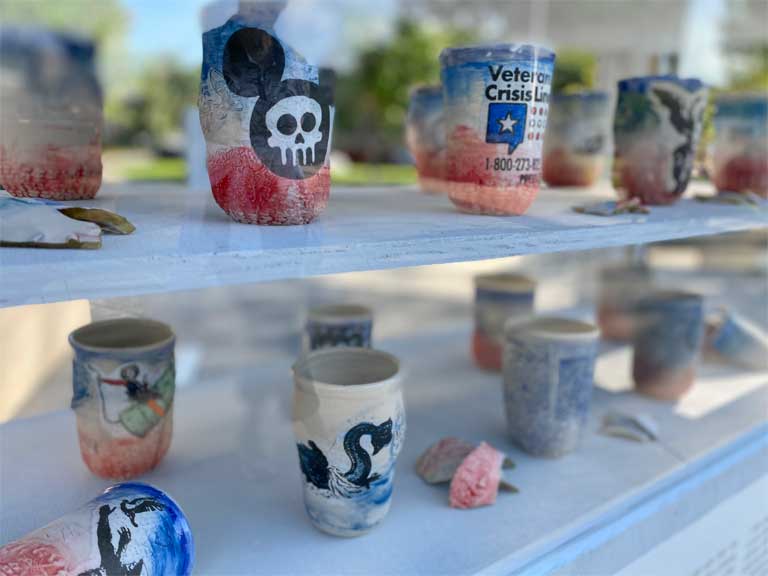
While Ehren searched for relief from the memories of war, the simple, clay cups gave him a way to express his feelings and articulate the trauma. He says, “I originally made the cups to be touchstones about unspeakable things. To connect vets with their own families.” But the war-themed stoneware also helped him to work through the grief and suffering following his combat experience. Alcohol helped to mask the painful memories, but in making the cups, Ehren finally discovered a healthy avenue for his recovery and a renewed sense of hope.
After he started making his art, individuals, like me, wrote him to ask for a cup. So, Ehren constantly boxes up cups to mail across the country. “Clay is cheap. It’s just dirt. It’s just a fraction of what I used to spend on alcohol,” he says. For him, the cups became “the best antidote to depression, addiction, and so much of what we individually struggle with.” Since 2001, Ehren has given away more than 21,000 cups, and he has shown his work at the Smithsonian American Art Museum.
The Voices Project at ArtPrize
September 15 to October 2, 2022
Veterans Memorial Park in Grand Rapids, Michigan
A special thanks to Kent County Veterans Services, Michigan Veterans Affairs Agency, The Home Depot, PlexiCase Inc., Moonlight Graphics Inc., Frames Unlimited, and Healing in Arts for making this collaboration of veteran stories possible.

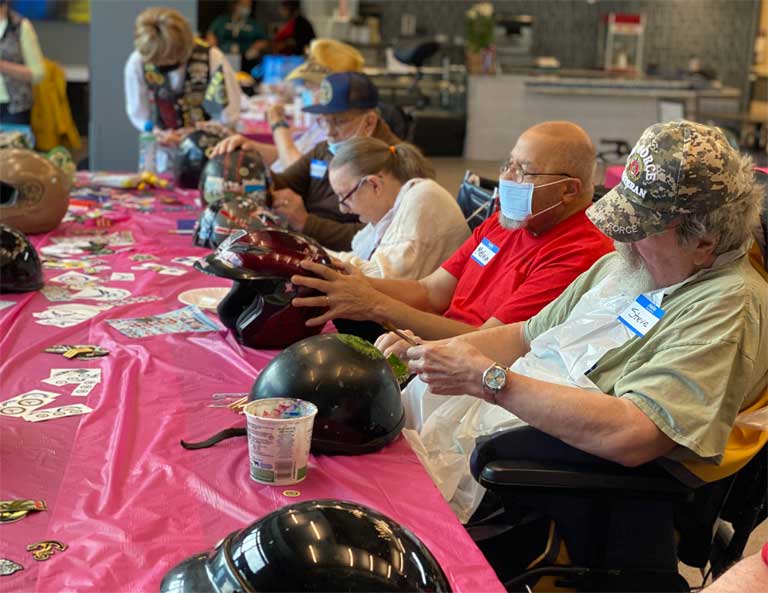
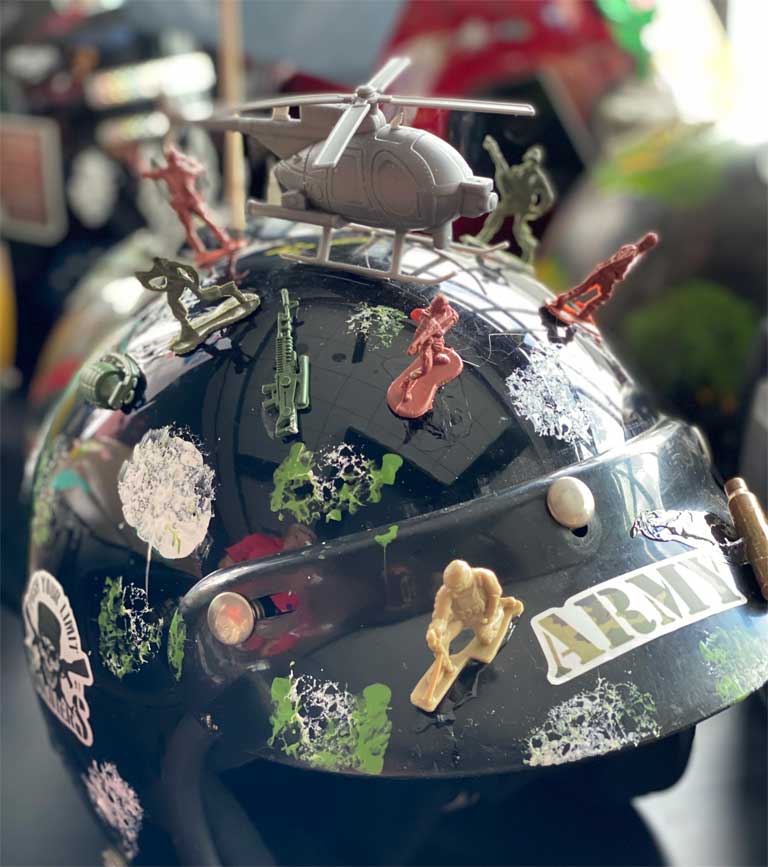

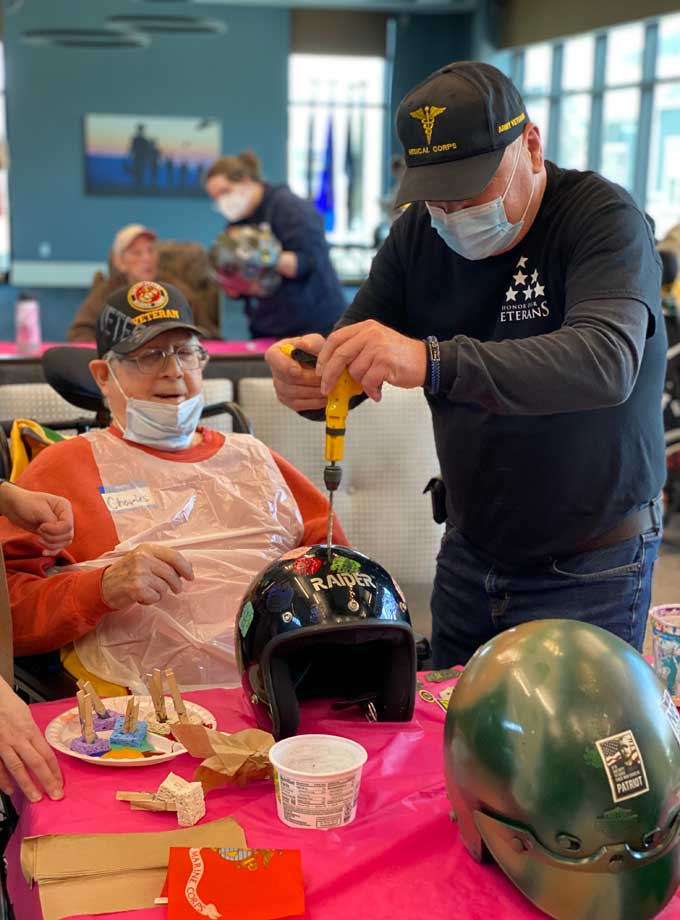
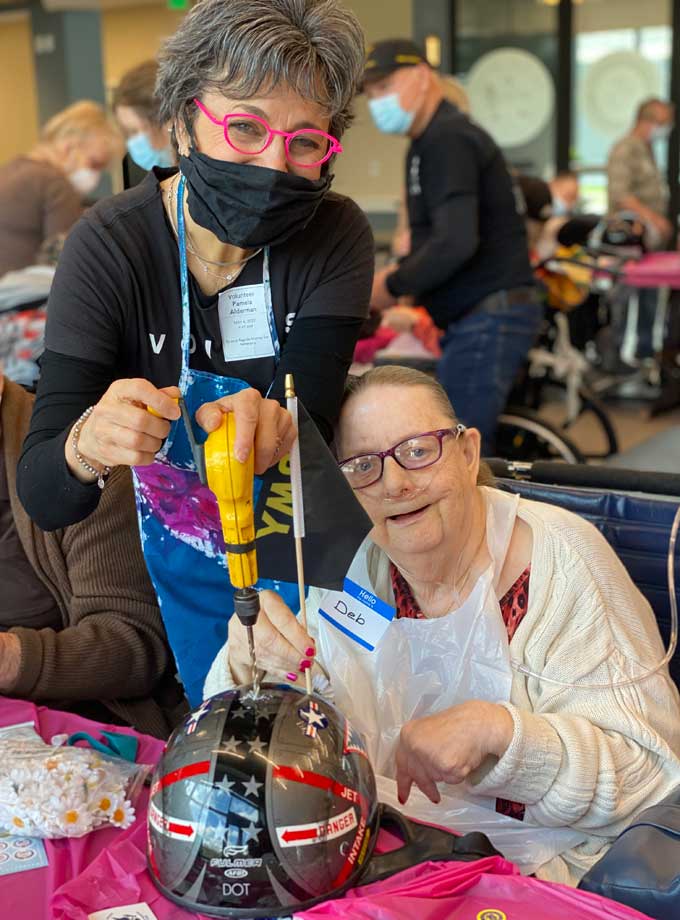
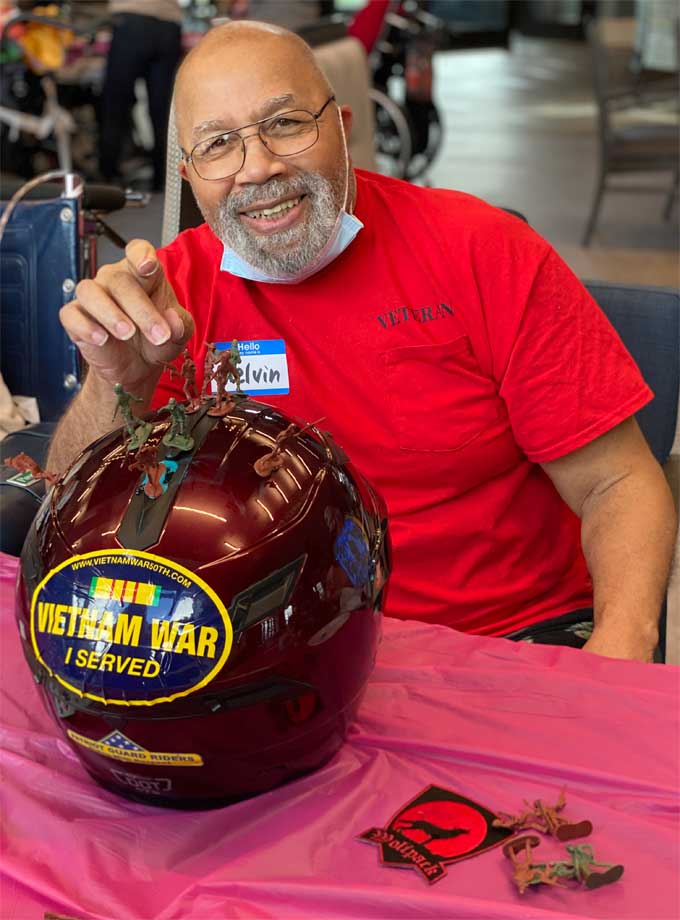
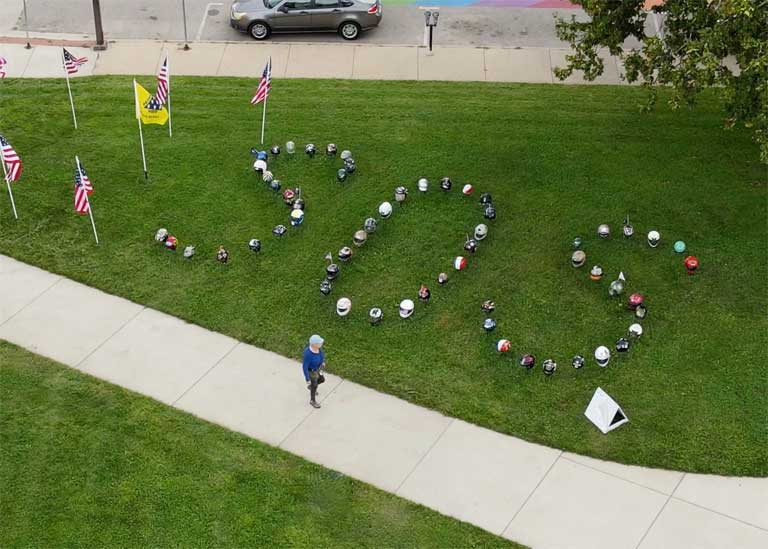
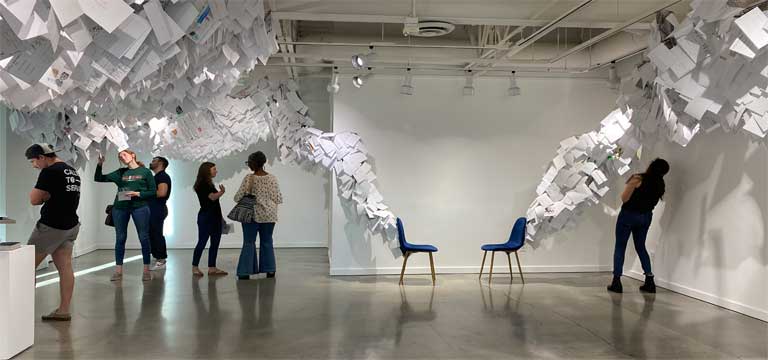

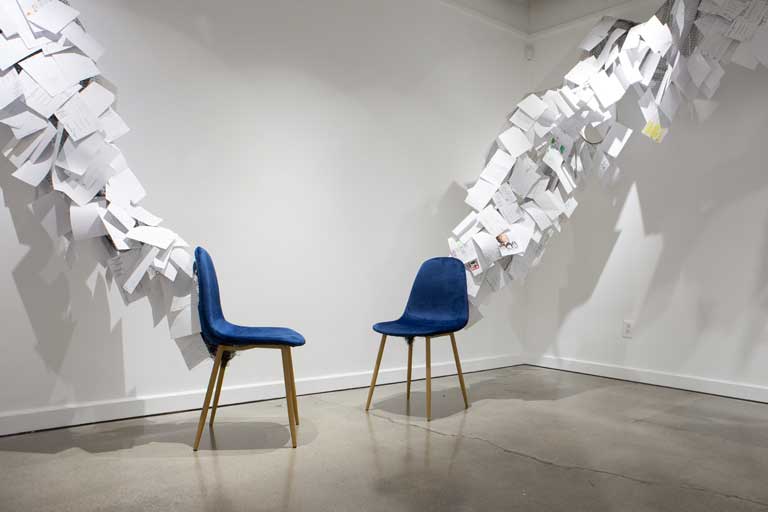
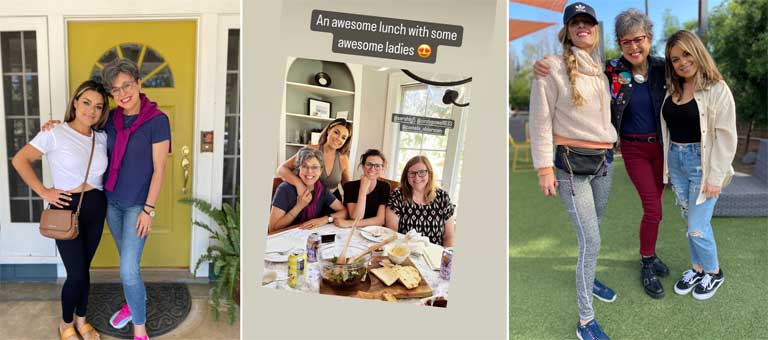
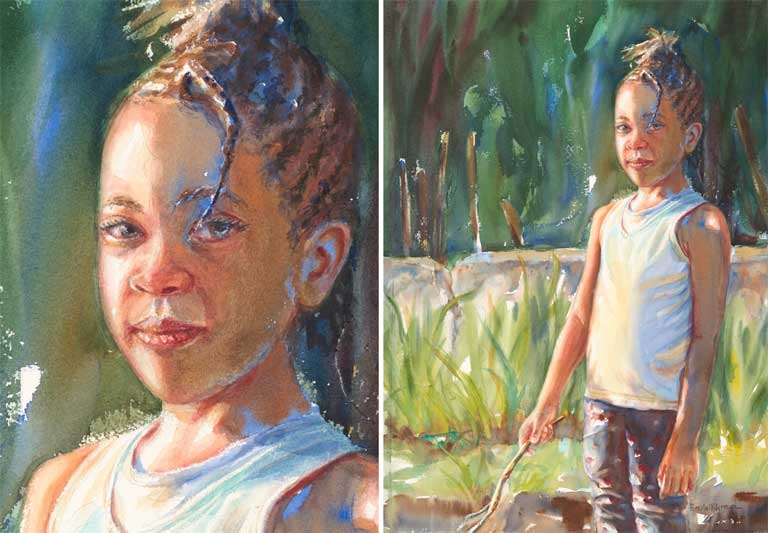

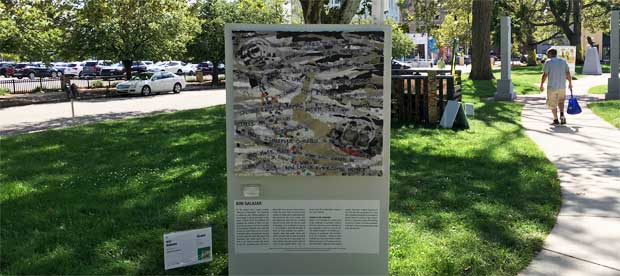
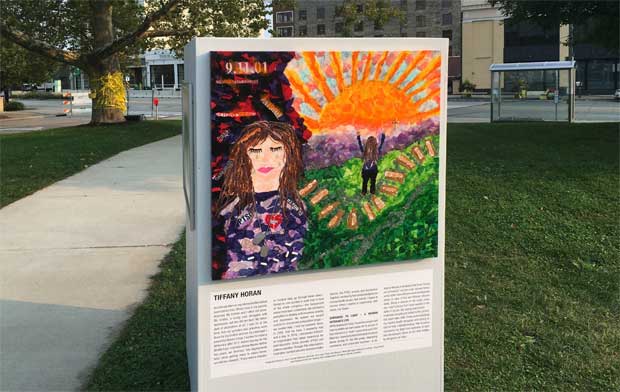 As a female marine, I learned that the battle within the mind determines one’s overall health. Although I experienced combat duty, the internal battle started years before Iraq. The emotional conflict began in my early childhood.
As a female marine, I learned that the battle within the mind determines one’s overall health. Although I experienced combat duty, the internal battle started years before Iraq. The emotional conflict began in my early childhood.